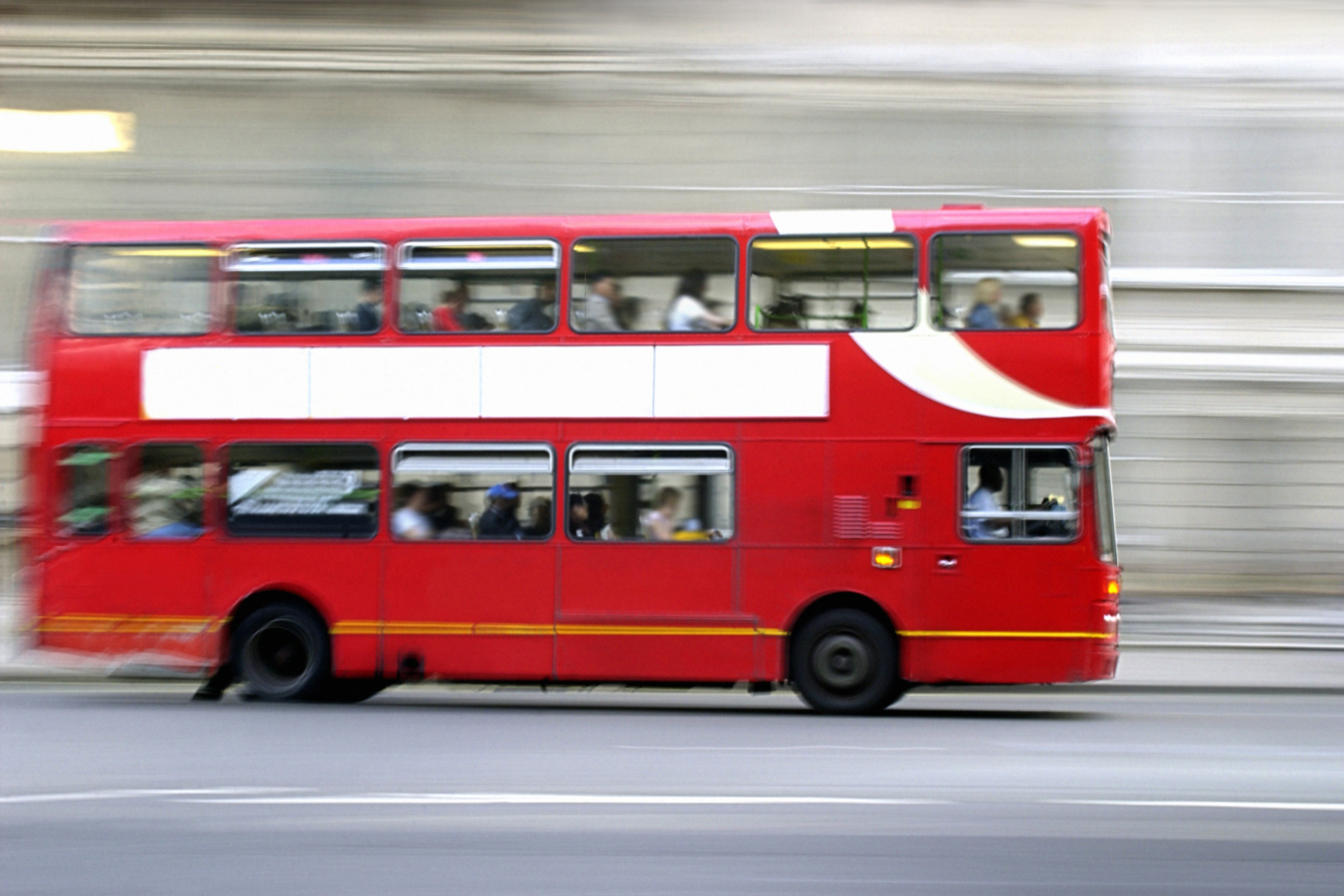Beating the heat?
This month’s relentlessly high temperatures are set to continue next week and, if the hot weather lingers much longer, the UK could be in for a record-breaking summer.
For some, the sun has been a welcome respite from the usual British drear, but for others forced to work in extreme conditions, it’s downright dangerous.
Unite shop steward and London bus driver Moe and his colleagues had an altogether different experience of this summer’s heatwave than most people– while the public basked in 30C temperatures, bus drivers have sweltered in their cabins-turned-furnaces.
As health and safety rep, Moe one day received a temperature recording from one of his members – it clocked in at 48C, hotter than sub-Saharan Africa.
Moe says that every summer, he and his colleagues must occasionally contend with blistering temperatures but this time has been unlike any other.
“Members have regularly reported feeling faint and drowsy – this isn’t surprising as we know extreme heat induces fatigue,” he told UNITElive. “It takes an incredible amount of concentration to drive a bus and having to contend with the heat really diminishes your ability to focus.”
Moe says one of his colleagues had a bad nosebleed induced by the extreme heat, while another nearly fainted and is now off sick from complications arising from her diabetes – diabetics are much more like to become dehydrated and suffer from heat stroke.
“We’re one major accident away from forcing bus operators to take notice but we really shouldn’t have to wait until that happens,” Moe told UNITElive.
Privatisation
Moe says the privatisation of London buses is to blame for why bus companies aren’t taking action – as they seek ever-higher returns for their shareholders, they’ll cut every corner that they can.
That means they’re reluctant to maintain vehicles properly, and he believes some bus operators are intentionally failing to install air-conditioning on buses because it uses up fuel, and so, in their view, wastes money.
“The bus operators are being wilfully negligent,” Moe argued. “There’s also an entrenched bullying culture that keeps bus drivers from taking sufficient breaks.”
Responding to London bus drivers’ concerns in an Evening Standard article, TfL director of bus operations Claire Mann pointed out that all new buses since 2012 are required to be fitted with air conditioning.
But figures obtained by London Assembly member Caroline Russell on behalf of  #LondonBusWatch bus safety campaign founder Tom Kearney show that the number of buses equipped with air conditioned cabs is surprisingly small – only 11 per cent of the total fleet falls in this category. The vast majority of London’s buses don’t require air conditioning.
Moe also worries about the effectiveness of air conditioning on electric buses, which turn off each time they come to a stop and wouldn’t be able to cope in extreme heat.
Maximum temperature
Unite national health and safety adviser Bud Hudspith highlighted too the dangers of working in the heat.
“The dangers of working in hot conditions are well-documented,” he said. “We know that heat can cause fatigue, dizziness, fainting and dehydration. It’s common too for stress levels to spike. In extreme cases, high temperatures can cause heat stroke, confusion and even delirium.”
“Heat is by all accounts a major health and safety hazard, but the law as it stands now is not sufficient to adequately protect workers,” he added. “While there is an explicit, legal minimum temperature under which workers can refuse to work, there is no such maximum temperature. Unite is lobbying to change the law to set a legal maximum temperature of 27C in strenuous work and 30C generally.”
Moe agreed that there needs to be a maximum working temperature, which others have also lobbied for. Most recently, London assembly member Caroline Russell submitted a question to the capital’s mayor Sadiq Khan, urging him to introduce a maximum temperature for London bus drivers and to ensure every single bus is fitted with working air conditioning. Khan is set to respond to Russell’s question next Wednesday (July 25).
‘Leading by example’
But more must be done, Moe believes, including explicit TfL health and safety guidelines which all bus operators should be forced to adhere to. Companies should also be required to undertake risk assessments and invest in bus maintenance.
Moe also believes thermometers should be installed in all cabs – which, incidentally, is a legal requirement in all workplaces inside buildings.  At the moment, bus drivers can only tell the temperature in their cabs if they measure it with their own personal devices.
“Under EU legislation there is a 30F maximum temperature for the transport of cattle but for humans there’s nothing – it’s outrageous,” Moe pointed out. “Here in London we’ve got one of the most iconic public transport systems in the world and we should be leading by example.”
As the heat is set to continue for at least the rest of the month, Hudspith pressed employers to take precautions.
“We urge them to work with reps to protect their workers from the effects of heat — they do, after all, have a legal duty of care to provide a reasonably comfortable workplace,” he said. “Employers can take steps such providing air conditioning, allowing sufficient breaks and providing cool drinks, among other measures.
“Still, we know that many employers aren’t as conscientious – London bus drivers’ experience is a case in point. This is where trade unions have a vital role to play in pressuring employers to comply with their legal duties and responsibilities.”
 Like
Like Follow
Follow


